
© California Bicycle Coalition 2025

1017 L Street #288
Sacramento, CA 95814
© California Bicycle Coalition 2025
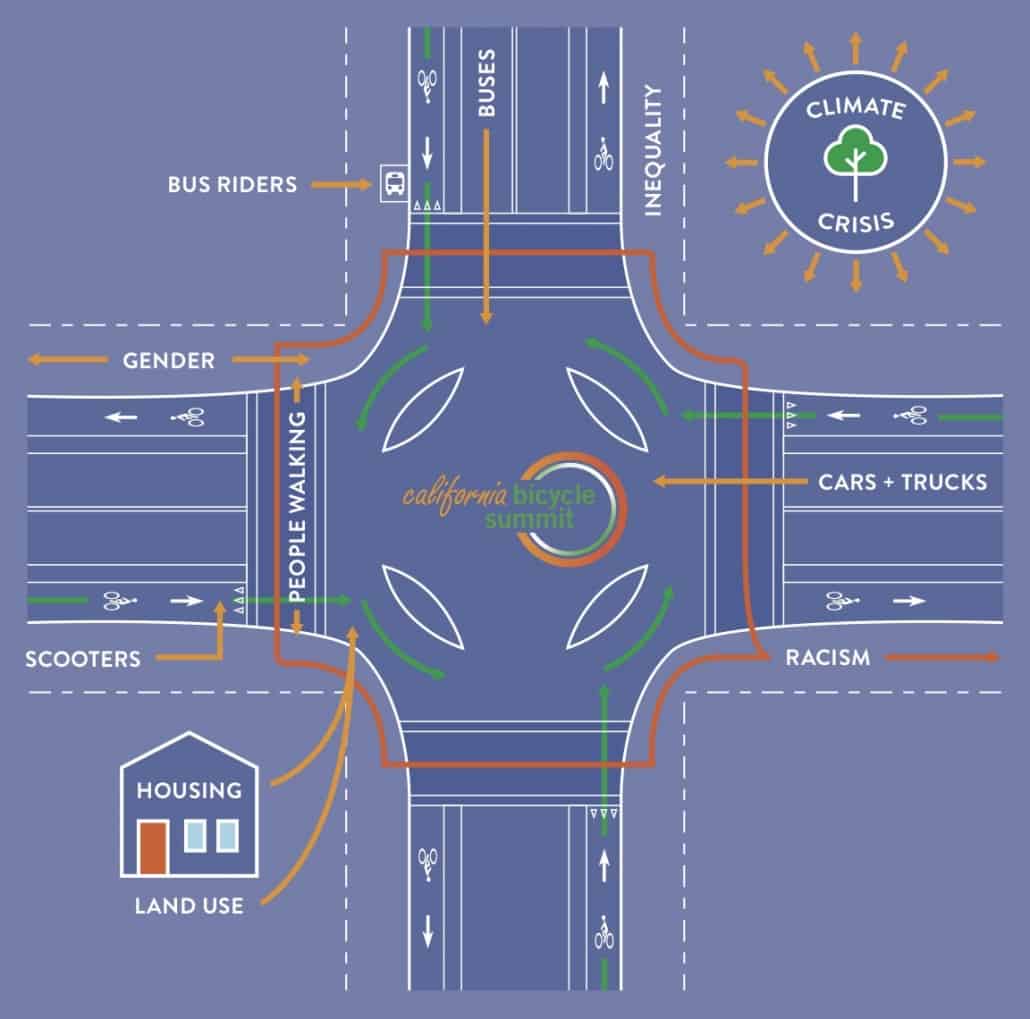
CalBike’s Board Chair Cynthia Rose
Caltrans District 7 Director John Bulinski
California Senator Tom Umberg
Assembly Member Laura Friedman
Assembly Member Chris Holden
Deputy Mayor of Los Angeles Barbara Romero
Los Angeles County Bicycle Coalition’s Executive Director Eli Akira Kaufman
Keynote address from Harris County Texas Commissioner Rodney Ellis
There is no recorded video of the opening session. Here is a slide show developed by Commissioner Ellis to illustrate biking in Houston.
This depiction of a protected intersection illustrates the many ways that bicycle advocacy
intersects with other issues. Participants used this image to discuss with their fellow summit-goers the intersections that are most meaningful to them. Download the graphic for yourself.
Ride On All Roads (ROAR) was developed by youth leaders to address the lack of bike infrastructure and safe passageways for folks who depend on their bikes to get around. These rides spurred residents to conduct their own community-based research on some of the environmental justice issues they saw in their neighborhoods. That helped lead to the creation of our newest annual bike mobilization: The West Long Beach Bike Toxic Tour. This panel will discuss the history and narrative behind these formative movements in hopes of inspiring other community members to harness their power and create actions that center their stories.
Whitney Amaya; Javier Garay; Jan Victor Andasan; mark! Lopez; Taylor Thomas, East Yard Communities for Environmental Justice
Sometimes decision makers can’t be convinced; they have to be replaced. This workshop is for everyone who is or wants to be involved in electoral politics, whether as a candidate or an activist supporting a candidate.
Rodney Ellis, Harris County TX County Commission; Bob Smith, Bakersfield City Council; Michael Schneider, Streets for All; Dorothy Wong, Altadena Town Council; Meghan Sahli-Wells, Culver City Mayor
Bike? Run! presentation by Culver City Mayor Meghan Sahli-Wells
Streets for All presentation by Michael Schneider
California’s primary funding source for biking and walking has provided over $1 billion to more than 700 projects in its six years of existence. This panel will look forward to the program’s potential to fund projects that serve as a junction for community needs and model active transportation projects. Are transformative projects more likely to increase walking and biking?
Laurie Waters, California Transportation Commission; Esther Rivera, California Walks; Linda Khamoushian, California Bicycle Coalition; Victoria Custodio, Health Education Consultant, California Department of Public Health
Over the last 25 years, the League of American Bicyclists’ Bicycle Friendly Community program has helped thousands of communities begin their journey to improve bicycling and benchmark themselves against other communities. America’s public health crises of physical inactivity and traffic violence require multifaceted solutions. This presentation will focus on how community actions can create healthier places by improving bicycling through a flexible framework that recognizes the many paths to making bicycling safe, comfortable, and open to all.
Emily Piltch, Policy & Partnership Development, California Department of Public Health, Nutrition Education and Obesity Prevention Branch; Erika Lewis-Huntley, Management Analyst III, City of Rancho Cucamonga; Ken McLeod, League of American Bicyclists
Bicycle Friendly Communities presentation by Ken McLeod
Caltrans has just begun to develop an active transportation plan for each of its 12 districts. Each district’s plan will identify active transportation improvements needed on, across, or parallel to the State Highway System, with an objective of connecting to local active transportation networks. Throughout the study process and as part of each plan, there will be an emphasis on social equity. The presentation will include an overview of the statewide process and district level experience with the public engagement process.
Jessica Downing, Active Transportation Plans Project Manager, Caltrans; Tim Gubbins, Caltrans District 5 Director; Tony Tavares, Caltrans District 4 Director; Anika Jesi, Senior Transportation Planner, Caltrans
For Oakland’s 2019 Bicycle Plan and San Jose’s Bike Plan 2020, planners tossed out the old playbook on public involvement. Oakland officials identified five community organization partners and added them to the project consultant team, based on their geographic focus and deep knowledge and experience with transportation, housing, equity, and other social justice issues within these underserved areas of Oakland. San Jose planners used community partnerships, social media, and innovative strategies to reach their 1.1 million diverse residents. This workshop will discuss the hits and misses and lessons learned from these intentional efforts to engage communities whose voices have historically been overlooked.
Lily Brown, City of Oakland DOT; Tyrone “Baybe Champ” Stevenson Jr., Scraper Bike Team; John Brazil, City of San Jose DOT; Omar Vasquez, Latinos United for New America; Jeff Knowles, Alta Planning + Design
City of San Jose outreach slides (John Brazil)
The chiefs of transportation for Los Angeles and Oakland came to their positions having earned reputations as leaders in the field of active transportation. Ryan Russo came to be the Director of Oakland’s Department of Transportation after implementing progressive bike and pedestrian improvements in New York City as Deputy Commissioner and one-time Director of Bicycle & Pedestrian Programs. He was joined by Kome Ajise, Executive Director for the Southern California Association of Governments, who we know from his years as the Chief Deputy Director at Caltrans and one who we could count on to solve our bike problems when we needed help at that sprawling state agency. These leaders get it. They want what we want out of our transportation system. Yet progress is slow, so slow. What’s standing in their way? What can we do to help them be more successful? This should be a lively conversation.
Tamika Butler from Toole Design moderated the session.
Audio from the session is available on soundcloud, courtesy of biketalk, or as an mp3 file here.
Low-stress networks with protected bikeways and intersections will transform our communities, but it will be decades to build them, with current processes. Can’t we do it faster? The first part of this two-part workshop series looks at how San Jose went from a week-long pop-up protected bikeway to a two-year quick-build network of protected bikeways and intersections – all using inexpensive materials. It also looks at the “Go Human” program of the Southern California Association of Governments, which has implemented 36 tactical urbanism projects as official advocacy for safer street infrastructure. Our third example is from San Diego’s El Cajon Boulevard, a vision zero corridor which will soon get a pilot 3-mile bus lane where bikes are allowed. Learn from their successes and mistakes, as well as how a quick-build project led to a successful grant application to make the quick-build “paint and plastic” facilities permanent with hardscape improvements.
Hannah Brunelle, Southern California Association of Governments; Beryl Forman, El Cajon Boulevard Business Improvement Association; John Brazil, City of San Jose
Better Bikeways Quick-Build in San José (John Brazil)
We’ll hear stories from the Santa Barbara chapter of Cycling Without Age, a national network of bike organizations for older adults. What is the potential for e-bikes to expand the joy of bicycling to older adults? What’s the latest on the role of bicycling in supporting health and vitality?
Ed France, Executive Director, Santa Barbara Bicycle Coalition; John Seigel Boettner, Santa Barbara Cycling Without Age chapter; Linda Coburn, Ventura-Conejo Bicycle Coalition; Joe Garbanzos, AARP
Cycling Without Age Presentation Outline
Blind Stokers Club presentation (Joe Garbanzos)
Pedal Assisted Ebikes presentation (Linda Coburn)
Cycling Without Age Stories from Santa Barbara Video (John Seigel Boettner)
Community-led bike shops have historically served as neighborhood mobility hubs, providing resources and networks for marginalized groups without cars or with limited access to them. This panel will highlight the anti-capitalist and anti-authoritarian global grassroots origins of these community institutions and how their missions have evolved to incorporate more local Black, Indigenous, People-of-Color (BIPOC) leadership, international perspectives, and more inclusivity for individuals of differing abilities. Panelists will also explore the future of community bike shops — ensuring they are publicly controlled by and for locally marginalized residents — despite a horizon of increasingly privatized mobility options catering to newer and wealthier residents.
Ade Neff, Ride On! Bike Shop/Co-Op; Jimmy Lizama, Relampago Wheelery; Danny Gamboa, Healthy Active Streets; Jesi Harris & Adonia Lugo, People for Mobility Justice; Taye McGee, Rich City Rides; Jared Sanchez, CalBike
In this session, we look at the political and technical tools behind two additional strategies cities have used to build whole bikeway networks quickly. First, we look at New Orleans, Louisiana and Fremont, California, where leaders have decided to consider the bikeway network itself as the (single) bike project instead of the eventual result of scores of separate projects. Then, we look at San Francisco’s landmark “Quick Build” policy that has resulted in protected bike lanes being constructed within weeks of the decision to do it.
Matt Lasky, City of San Francisco; Brooke Dubose, Toole Design
Equity is often tossed around these days as a buzzword that many advocacy organizations use to bolster their credibility, but many do not fully understand what equity means or do not grasp how to integrate it fully into their activities. Equity is more than just saying you represent a community; it is how you integrate that community into your activities and how your organization builds trust and relationships within those communities. Through real world examples, we will illustrate several campaigns that successfully integrate equity as a core tenet. We will work with attendees to reshape their own campaigns to better integrate equitable principles.
Danny Gamboa, Healthy Active Streets; Kevin Shin, Walk Bike Long Beach
Integrate equity into bike and pedestrian advocacy slides (Kevin Shin / Danny Gamboa)
Tired of explaining to police officers CVC 21202? Attend this panel to see how this team developed a training for an audience of police officers that summarized bicycle and pedestrian crash data and recapped new and relevant laws. Hear from the officer hired to deliver the presentation and listen to efforts to expand the training for use throughout the State of California. The panel will also address strategies to help local teams coordinate with agencies, and how to build trust with departments while still acknowledging the potential challenges related to policing today.
Tamika L. Butler, Esq., Director of Planning, California | Director of Equity and Inclusion, Toole Design; Corwin Bales, CEO & Retired Police Officer – C&R Consultants; Marc Caswell, Planning Associate, Alta Planning + Design; Paul Martin, PE, TE, Active Transportation Coordinator, Orange County Transportation Authority
Engaging Law Enforcement presentation
California is facing an acute housing crisis. We know that new housing next to transit can help meet the need for housing while reducing the need for driving, but it faces opposition from long term residents concerned about traffic and changing neighborhood character. Complicating the situation, without proper planning new development along transit will displace low income transit riders and bicyclists and actually increase car use. How do we balance all of these conflicting pressures in bicycle advocacy, and what should we do?
Ann Fryman, Senator Scott Wiener’s office; Ernest Brown, Co-Executive and Board Member, East Bay for Everyone; Cynthia Strathmann, PhD, Strategic Actions for a Just Economy activists; Sahra Sulaiman, Streetsblog CA; John Yi, Los Angeles Walks
The promise of the new urban mobility is the ubiquitous availability of affordable, lightweight, and low-impact transportation devices for short trips. Shared bikes, e-bikes, scooters, and whatever-is-next present an unprecedented opportunity to transform urban transportation by replacing cars for most short trips.
But this opportunity has existed with bikes for a century already; is this time really different? The profit motive of automobile companies propelled the dominance of cars in our cities a century ago; will the profit motive of the micromobility companies propel the success of micromobility this time around? Does it matter that Lyft and Uber own the country’s largest bike share operators? Can public institutions leverage this moment to ensure access and inclusion for everyone, instead of enhanced mobility for the advantaged and reduced service for the rest of us?
Francie Stefan, Chief Mobility Officer, Santa Cruz; Sarah Potts Ashton, New Mobility Policy – US West at Uber; Marlo Sandler, Senior Public Policy Manager, Lyft Bikes and Scooters; Margarita Parra, Mobility Equity Lead, GRID Alternatives
Presentation by Margarita Parra
The conventions for engaging our audience have evolved drastically over the last decade with the rise of active transportation planning and social media. How can we communicate beyond the “bicyclist community” to win support for politically challenging projects? The goal of this panel is to create a dialogue about the successes and failures of different communication strategies. We’ll examine the strategy that won the Mar Vista Great Streets Project and how communications have been handled in other communities.
Peter Flax, Editor in Chief Red Bulletin; Sarah Auerswald, Mar Vista Vista Chamber of Commerce; Dana Variano, Former Director of Communications for Los Angeles County Bicycle Coalition and CicLAvia; Alissa Walker, Curbed Urbanism Editor; Matt Tinoco, KPCC Reporter; Zachary Rynew, CiclaValley
Here’s a video of the entire session.
In less than two years, scooters have accounted for more than 40 million trips in U.S. cities. Good news, or bad? The scooter boom, funded by billions of dollars of private capital, is both a threat to walking, biking, and equitable transportation in cities, and a potential boost to low-cost, car-free urban transportation that will strengthen the demand for safe streets in all our neighborhoods. What can we do as city leaders and advocates to leverage the potential of scooters for good? With San Jose’s deliberative and research-based approach as an example, this workshop will discuss the shared micromobility regulatory environment that protects people walking, avoids curbside clutter, sets firm requirements for data-sharing, and enables systems that improve mobility and quality of life.
John Brazil, City of San Jose; Edward Fu, Bird; Tim Alborg, Spin; Malia Schilling, Populus; Forest Barnes, CalBike
Shared Scooter Planning in San José slides (John Brazil)
Cities, Scooter Data, and Privacy slides (Malia Schilling)
Unprecedented levels of investment in a comprehensive cycling network has increased cycling into the city center by more than 60% since 2013, and resulted in some beautiful new bridges and bikeways. This presentation will provide details on the Lightpath and Nelson Street bikeway, Grafton Gully bikeway, Beach Road bikeway, Quay Street bikeway, Ian McKinnon bikeway and the planned Skypath bikeway across Auckland’s Harbor Bridge.
Sam Corbett, Alta Planning + Design, Inc.
The Beautiful Bikeways of Auckland NZ report (Sam Corbett)
Since 2015, an entrepreneur, a photographer, two journalists and a high school student have teamed up to create Colombia’s BiciActiva Radio. They broadcast live radio and podcasts on the topics of urban cycling, safety, infrastructure, and other mobility, and the intersections of all those diverse stakeholders. Frank Aguirre and his partners at the Urban Cycling Collective BCSicletos work to reclaim the streets in La Paz, Baja California Sur, México. The moderator will be Chris Morfas, formerly Executive Director of CalBike, currently a volunteer for Councilmember Mafe Rojas and the mayoral campaign of Claudia López.
BiciActiva presentation (Lorena Romero)
Bicycle Activism in LatinAmerica: Practices for Inclusion presentation (Areli Morales)
Bicycle tourism is a big business. When business leaders understand that, they develop a new incentive to make bicycling a safe and easy thing to do in their community. Plus, bike tourists with credit cards can be a huge economic boost to depressed rural communities. Hear from the experts in bike tourism about what you can do to take advantage of the bike tourist economy.
Dave Snyder, CalBike; Virginia Sullivan, Adventure Cycling Association; Kathryn Siddle, Bike Lodi
Adventure Cycling presentation
In 2014, LA Metro passed an award-winning First/Last Mile Strategic Plan. Since then, Metro has implemented the plan on its Blue Line.
This workshop will discuss how to plan and implement improved access for transit stations in the context of new and emerging first/last mile mobility options. Learn how transit agencies, bike share companies, local governments, and advocacy groups work together to provide quality walk and bike infrastructure to connect with transit. Hear how first/last mile goes beyond infrastructure to provide new mobility options like bikeshare and scooters to connect communities to transit and to each other.
Jacob Lieb, LA Metro; Monique G. López, Pueblo Planning; Jamario Jackson, Transform; Daniel Rodman, Los Angeles Mayor’s Office; Lyndsey Nolan, The Robert Group
First/Last Mile Planning and Implementation presentation
For over 30 years, Normal Street in San Diego was supposed to be a community space by official designation. But only since 2012, when SANDAG began moving forward with its Bike Early Action Program, has there been serious planning. Now, with unprecedented collaboration among SANDAG, the City of San Diego, and local organizations, a community-driven plan to transform this space is in place.
In El Monte, ActiveSGV staff worked with community members, the Council for Watershed Health, Climate Resolve, and other nonprofits, to secure funding from the State Coastal Conservancy to transform Merced Avenue in the San Gabriel Valley into a 1.1-mile greenway. Currently at 60% design, the plan calls for a protected, sidewalk grade level multiple use trail that will capture stormwater, improve safety, and make it easier for people to be healthy. It’s a model of coupling transportation and water funding to achieve a more climate-resilient community.
Brittany Bailey, Office of Councilmember Chris Ward, San Diego; Carly Curiel, ActiveSGV; Michele Montano, Council for Watershed Health; Tanner French, City of San Diego; Chris Romano, SANDAG; Madai Parra, SANDAG
Merced Avenue Greenway Project slides (Michele Montano)
Bicycling in South Central has always been about more than bicycling. For members of clubs like the South L.A. Real Rydaz, the bike has long been a vehicle for making change, whether it was giving themselves a new direction, building a sense of community, or giving back to the community. In taking to the streets and consistently reclaiming their space – and doing it in style – they’ve inspired others to follow their lead. And although the club scene has exploded over the last five years, these groups have tended to remain off the radar of most bicycle advocates. Hear about the origins of this unique bike culture, how important they are to the community, how community service fits into their mission, and why they can’t be ignored.
The Green New Deal aims to save our planet from climate catastrophe while elevating our quality of life, especially the most vulnerable among us. But in the proposed federal GND, bicycling does not warrant even a mention. What role can the bicycle play in averting climate disaster?
Carter Rubin, Natural Resources Defense Council; Kristen Torres Pawling, L.A. County Office of Sustainability; Ricci Sergienko, Sunrise Movement; Alissa Walker, Curbed
Bikes & the Green New Deal (Alissa Walker)
Women account for approximately one-fifth of everyday bicycle users in most of California. They are under-represented among people who bike for transportation, recreation, and sport. What can we do to make bicycling more accessible to women? This workshop will present some answers by the women who are in fact doing that!
Mary Daval, Founder, Women on Bikes Culver City; Monique Trammell, Founder, American Women’s Cycling Network; Lula Carter, Black Girls Do Bikes; Yolanda Davis-Overstreet, Founder, Riding in Living Color; Lynn Ingram, USA Cycling Race Official & former Race Director
Women on Bikes presentation (Mary Daval)
American Women’s Cycling Network (Monique Trammell)
Presentation by Yolanda Davis-Overstreet
Electric bicycles have changed the way we get around. They flatten hills, shorten distances, and make hard trips easy. E-bikes make bicycling a viable option for people with children or other heavy loads, elderly folks, and those with certain disabilities. CalBike’s campaigns to promote and support e-bikes have found success: e-bike share is now part of the Clean Mobility Options for Disadvantaged Communities program, and low-income residents are eligible to receive vouchers for e-bikes when they turn in their polluting cars. But straightforward purchase incentives, like the state gives for electric cars, are still not available. This workshop will review the latest in e-bike technology and the latest research that shows the benefits of e-bikes in reducing greenhouse gases and why state funds should support e-bikes even more than they support electric cars.
Michael Fishman, Pure Cycles; Linda Khamoushian, CalBike
Nearly half of carbon emissions in California come from transportation, largely from on-road travel. While a transition to electric autos is helpful for the long term, even EV optimists project that by 2040 the great majority of vehicles on the road will still be burning gasoline. To avert the worst impacts of the climate crisis, we need big, bold action and a lot more funding now to build a clean transportation system of bike and transit networks that will be up and running in 10 years. Join us to brainstorm on state and local fundraising and organizing strategy to get from here to there. This will be a participatory session.
Matthew Lewis, California YIMBY; Melissa Romero, California League of Conservation Voters; Margarita Parra, ieBike and Board Member, Silicon Valley Bicycle Coalition; Ron Milam, Smart Growth California; Austin Brown, UC Davis Policy Institute for Energy, the Environment, and the Economy; Jenn Guitart, California Bicycle Coalition
By replacing competition, politics, greed, and maps, with collaboration, art-making, and empathy, transportation community engagement becomes inclusive, equitable, and meaningful. Place It! creates a safe space for visual and spatial thinkers, youth, women, non-native English speakers, and other underrepresented communities to express their mobility needs in new ways. By using storytelling, objects, and sensory experiences this method quickly builds consensus to find common values, and mobility solutions, using the participants’ memories, needs, and aspirations. This hands-on session will teach participants this method and how to apply it to various transportation projects.
While the climate action goals of L.A’s Green New Deal and safety priorities of Vision Zero have foregrounded Los Angeles’s policy agenda of safe and sustainable transportation options, a vehicle-oriented status quo still seems to dominate many conversations. In the face of vast geography and to better serve diverse constituencies, the Los Angeles Department of Transportation needs more than a single, bike-centric approach to project development and network implementation. Hear from LADOT Staff across programs on the strategies bringing integrated bicycle and pedestrian infrastructure to life across Los Angeles. From neighborhood greenways to Safe Routes to Schools, what are our greatest opportunities and most effective tools, and where do they intersect? What does it take to build consensus for projects, and what’s getting in the ground?
Lameese Chang, LADOT Active Transportation Division; David Somers, LADOT Planning & Policy Division; Chris Rider, Lauren Ballard, LADOT Vision Zero; Clare Eberle, LADOT Active Transportation Division
Vouchers for e-bikes. Accountability to climate goals at the California Transportation Commission. Automated speed enforcement. Changing the rules that prohibit lowering speed limits. Clarifying a bike rider’s right to use a full lane. Requiring only a yield at “stop” signs. These are some of the ideas that CalBike could work on in 2020. This session will give you an inside look into how CalBike sets its priorities on an annual basis, and a chance to influence them.
CalBike policy staff: Linda Khamoushian, Jared Sanchez, Dave Snyder
For the past two decades, the Los Angeles County Bicycle Coalition, established in 1998, has been working to make Los Angeles County a safe, healthy, and equitable place to ride a bike through advocacy, education, and outreach. LACBC has shared leadership in supporting the formation of numerous active transportation organizations, active street events like CicLAvia, the 2010 Bike Master Plan, the launch of Vizion Zero in 2015 and the passage of Measure M 2017. In this session, LACBC will start the conversation by sharing the results of Which way LACBC? a Community Input Forum recently hosted to learn and affirm what the community wants for the future of a multimodal Los Angeles.
Eli Akira Kaufman, Executive Director, Los Angeles County Bicycle Coalition, and LACBC staff
Session recording on soundcloud, courtesy of BikeTalk
In this session we’ll dig deeper into specific campaign possibilities, based on the results of the conversation in the prior session.
CalBike policy staff: Linda Khamoushian, Jared Sanchez, Dave Snyder
Through DIY or rasquache interventions based on memory, need, and aspirations, many Latinos transform streets into spaces for pedestrians and community interaction. To imagine and create interventions that support social cohesion and creativity, they use resources at hand plus the visual and spatial landscape around them. The session will highlight how we read, understood, and listened to the stories behind these interventions to develop South Colton’s Livable Corridor Plan: Strategies for Community Resilience and Upliftment.
James Rojas, Ph.D.
Walking While Latino / South Colton presentation (James Rojas, Ph.D.)
In 2019, CalBike introduced an interactive tool that let participants create a personalized Summit schedule. Click below to explore this tool. Click on each workshop for more information about content and presenters, or click the “Show/Hide All” button to reveal them all.
Buffet breakfast will be served from 7:30 a.m.-8:30 a.m.
Yosemite A and B
We'll hear welcome speeches from CalBike's Board Chair Cynthia Rose; the Los Angeles County Bicycle Coalition's Executive Director Eli Akira Kaufman; California Senator Tom Umberg ; Assembly Member Laura Friedman; Assembly Member Chris Holden; Barbara Romero, Deputy Mayor of Los Angeles; John Bulinski, Caltrans District 7 Director; and a keynote address from Harris County Texas Commissioner Rodney Ellis.
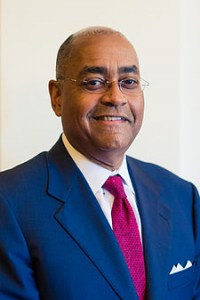
Yosemite A and B
We will all turn to the page in the program that illustrates the intersectionality of bicycling advocacy. Follow the instructions to meet your fellow conference-goers and understand their intersections better.
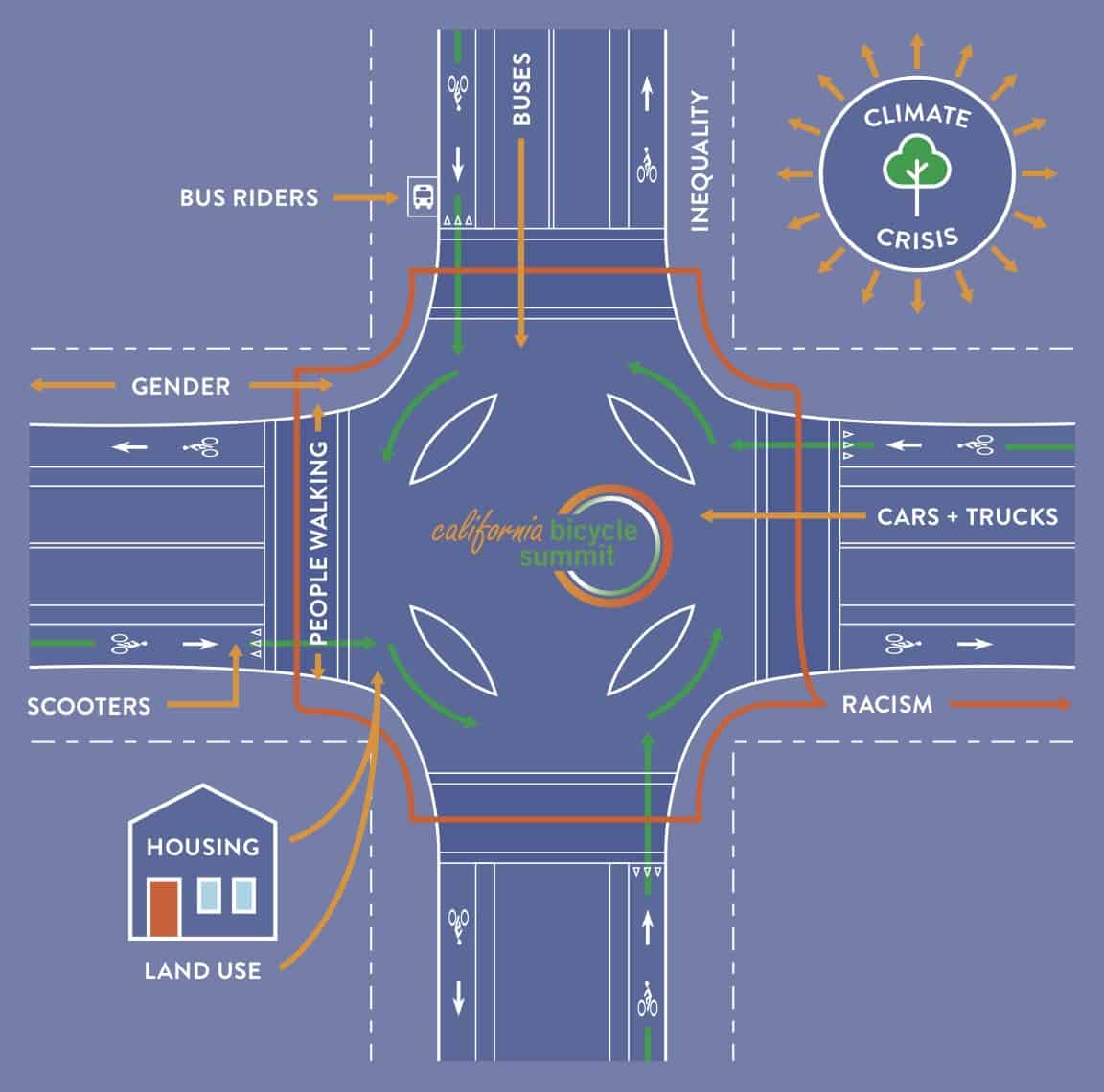
Mojave
Ride On All Roads (ROAR) was developed by youth leaders to address the lack of bike infrastructure and safe passageways for folks who depend on their bikes to get around. These rides spurred residents to conduct their own community-based research on some of the environmental justice issues they saw in their neighborhoods. That helped lead to the creation of our newest annual bike mobilization: The West Long Beach Bike Toxic Tour. This panel will discuss the history and narrative behind these formative movements in hopes of inspiring other community members to harness their power and create actions that center their stories.
Catalina
Sometimes decision makers can't be convinced; they have to be replaced. This workshop is for everyone who is or wants to be involved in electoral politics, whether as a candidate or an activist supporting a candidate.
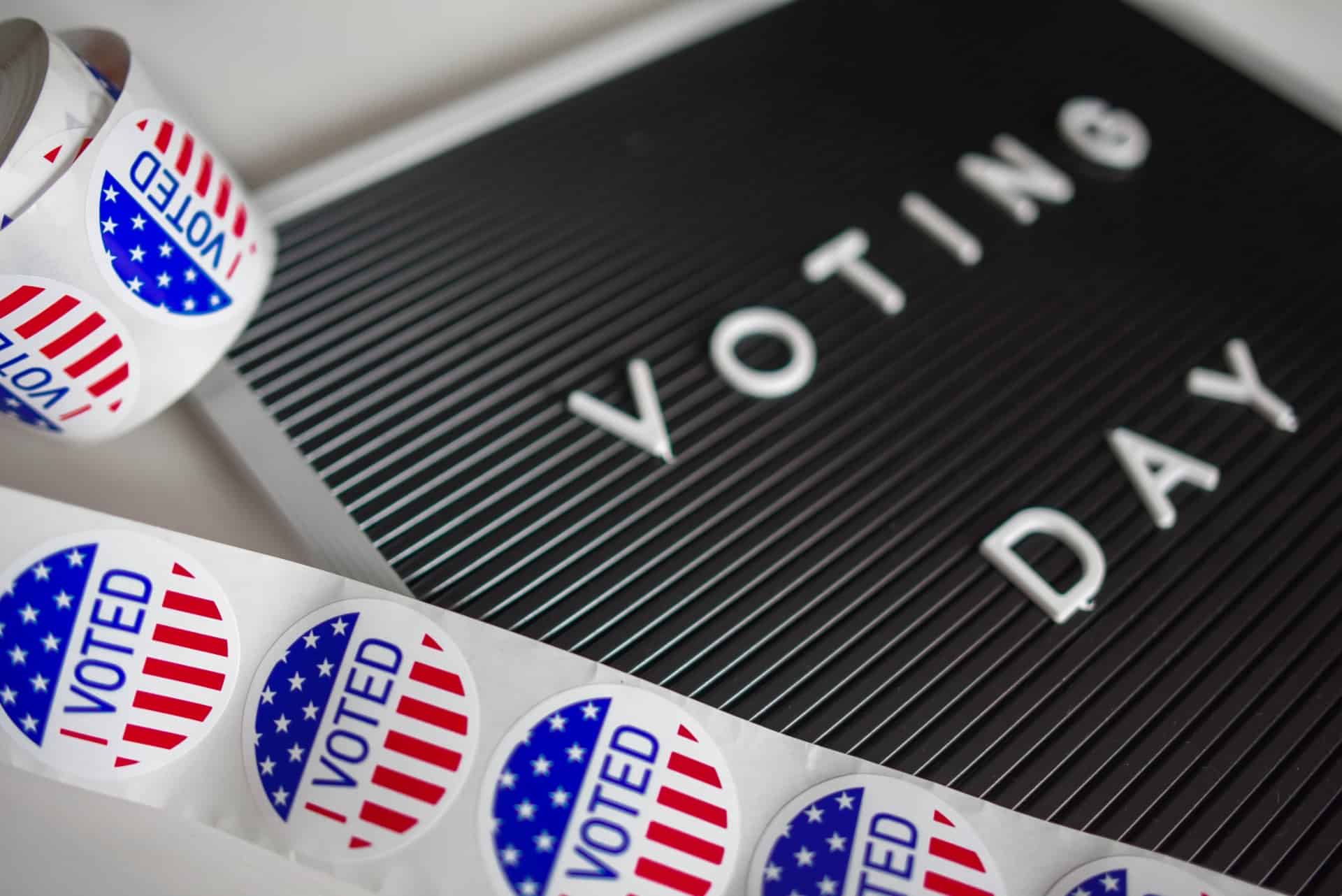
Joshua Tree
California's primary funding source for biking and walking has provided over $1 billion to more than 700 projects in its six years of existence. This panel will look forward to the program's potential to fund projects that serve as a junction for community needs and model active transportation projects. Are transformative projects more likely to increase walking and biking?
Joshua Tree
Over the last 25 years, the League of American Bicyclists’ Bicycle Friendly Community program has helped thousands of communities begin their journey to improve bicycling and benchmark themselves against other communities. America's public health crises of physical inactivity and traffic violence require multifaceted solutions. This presentation will focus on how community actions can create healthier places by improving bicycling through a flexible framework that recognizes the many paths to making bicycling safe, comfortable, and open to all.
Mojave
Caltrans has just begun to develop an active transportation plan for each of its 12 districts. Each district's plan will identify active transportation improvements needed on, across, or parallel to the State Highway System, with an objective of connecting to local active transportation networks. Throughout the study process and as part of each plan, there will be an emphasis on social equity. The presentation will include an overview of the statewide process and district level experience with the public engagement process.
Catalina
For Oakland's 2019 Bicycle Plan and San Jose's Bike Plan 2020, planners tossed out the old playbook on public involvement. Oakland officials identified five community organization partners and added them to the project consultant team, based on their geographic focus and deep knowledge and experience with transportation, housing, equity, and other social justice issues within these underserved areas of Oakland. San Jose planners used community partnerships, social media, and innovative strategies to reach their 1.1 million diverse residents. This workshop will discuss the hits and misses and lessons learned from these intentional efforts to engage communities whose voices have historically been overlooked.
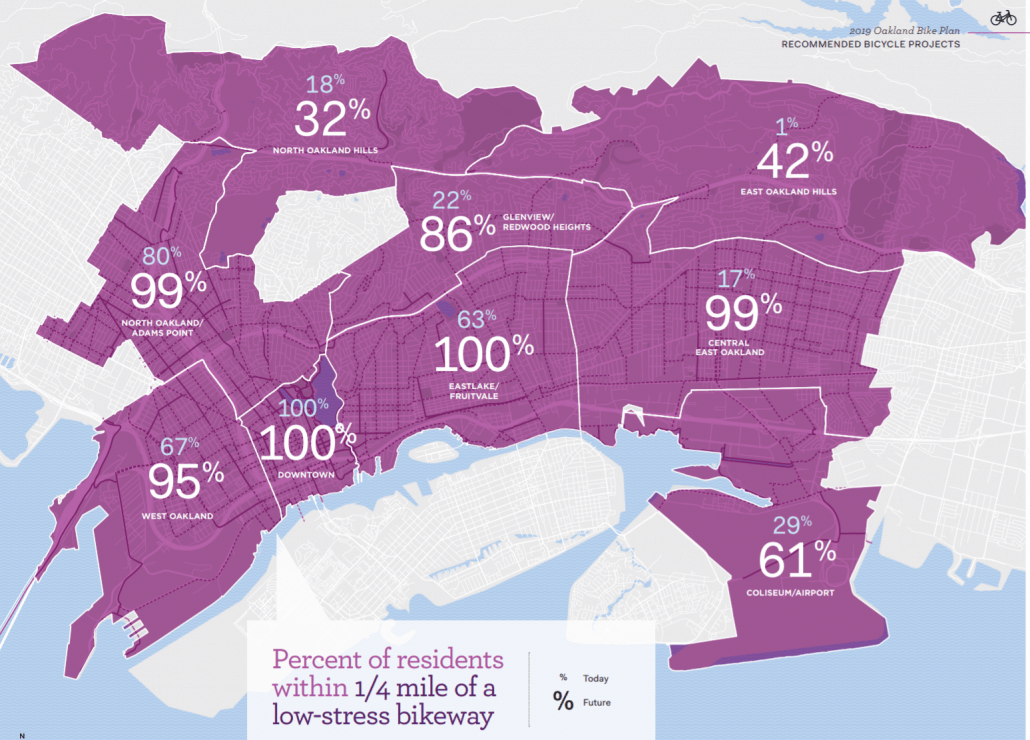
Yosemite A and B
The chiefs of transportation for Los Angeles and Oakland came to their positions having earned reputations as leaders in the field of active transportation. Seleta Reynolds, General Manager of the Los Angeles Department of Transportation, came to that post after leading San Francisco Municipal Transportation Agency's Livable Streets Division in charge of biking and walking transportation in that city. Similarly, Ryan Russo came to be the Director of Oakland's Department of Transportation after implementing progressive bike and pedestrian improvements in New York City as Deputy Commissioner and one-time Director of Bicycle & Pedestrian Programs. They will be joined by Kome Ajise, Executive Director for the Southern California Association of Governments, who we know from his years as the Chief Deputy Director at Caltrans and one who we could count on to solve our bike problems when we needed help at that sprawling state agency. These leaders get it. They want what we want out of our transportation system. Yet progress is slow, so slow. What's standing in their way? What can we do to help them be more successful? This should be a lively conversation.
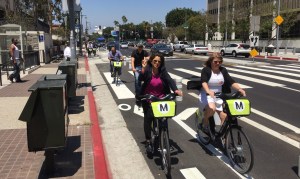 StreetsblogLA
StreetsblogLA Joshua Tree
Low-stress networks with protected bikeways and intersections will transform our communities, but it will be decades to build them, with current processes. Can't we do it faster? The first part of this two-part workshop series looks at how San Jose went from a week-long pop-up protected bikeway to a two-year quick-build network of protected bikeways and intersections - all using inexpensive materials. It also looks at the “Go Human” program of the Southern California Association of Governments, which has implemented 36 tactical urbanism projects as official advocacy for safer street infrastructure. Our third example is from San Diego's El Cajon Boulevard, a vision zero corridor which will soon get a pilot 3-mile bus lane where bikes are allowed. Learn from their successes and mistakes, as well as how a quick-build project led to a successful grant application to make the quick-build “paint and plastic” facilities permanent with hardscape improvements.
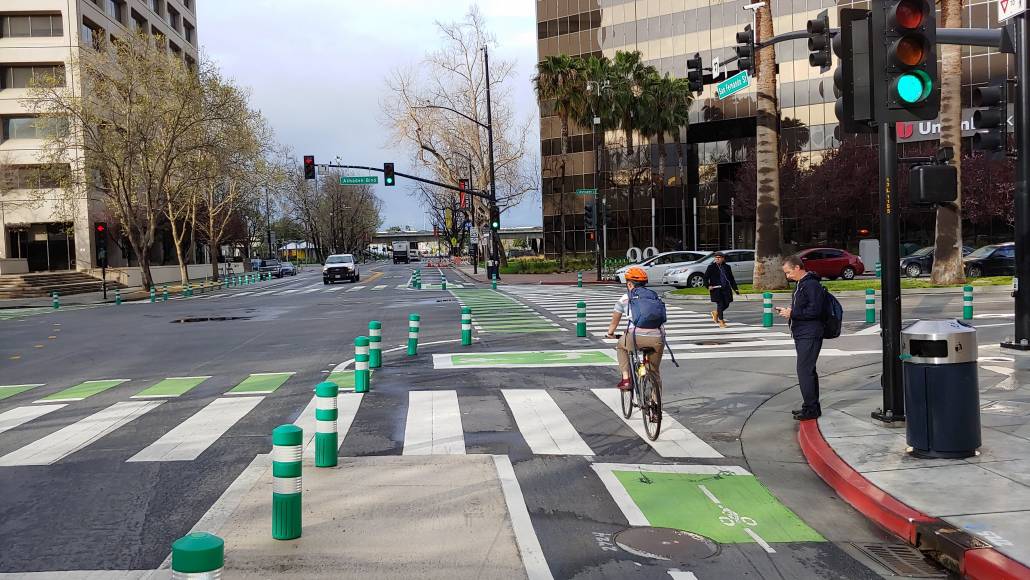
Catalina
We'll hear stories from the Santa Barbara chapter of Cycling Without Age, a national network of bike organizations for older adults. What is the potential for e-bikes to expand the joy of bicycling to older adults? What's the latest on the role of bicycling in supporting health and vitality?
Mojave
Community-led bike shops have historically served as neighborhood mobility hubs, providing resources and networks for marginalized groups without cars or with limited access to them. This panel will highlight the anti-capitalist and anti-authoritarian global grassroots origins of these community institutions and how their missions have evolved to incorporate more local Black, Indigenous, People-of-Color (BIPOC) leadership, international perspectives, and more inclusivity for individuals of differing abilities. Panelists will also explore the future of community bike shops -- ensuring they are publicly controlled by and for locally marginalized residents -- despite a horizon of increasingly privatized mobility options catering to newer and wealthier residents.
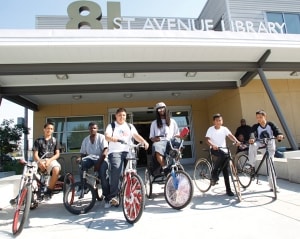
Mojave
In this session, we look at the political and technical tools behind two additional strategies cities have used to build whole bikeway networks quickly. First, we look at New Orleans, Louisiana and Fremont, California, where leaders have decided to consider the bikeway network itself as the (single) bike project instead of the eventual result of scores of separate projects. Then, we look at San Francisco's landmark "Quick Build" policy that has resulted in protected bike lanes being constructed within weeks of the decision to do it.
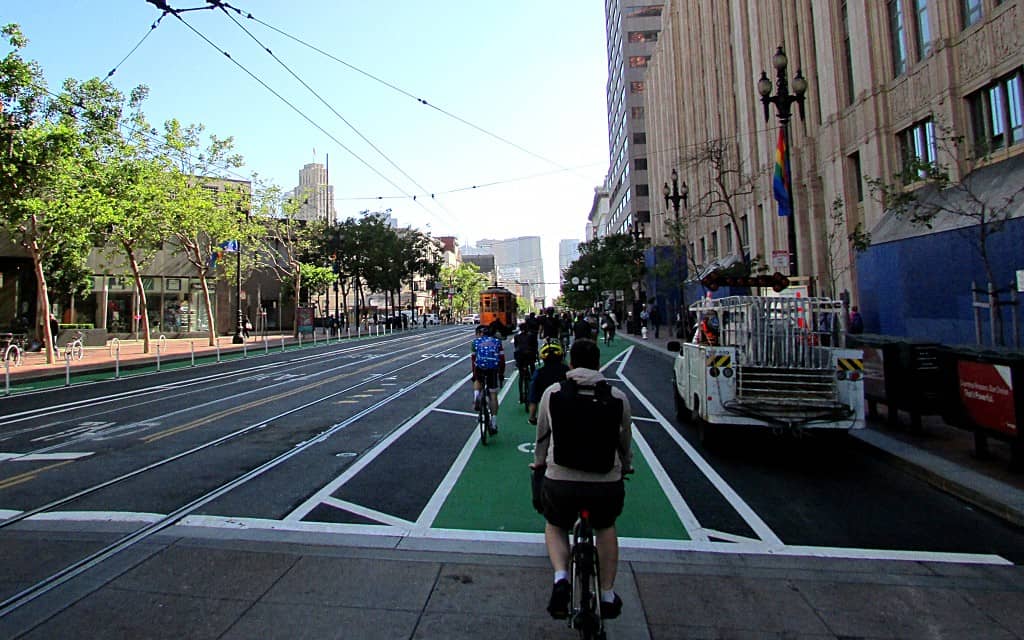 Jim Dyer, Flickr
Jim Dyer, Flickr
Catalina
Equity is often tossed around these days as a buzzword that many advocacy organizations use to bolster their credibility, but many do not fully understand what equity means or do not grasp how to integrate it fully into their activities. Equity is more than just saying you represent a community; it is how you integrate that community into your activities and how your organization builds trust and relationships within those communities. Through real world examples, we will illustrate several campaigns that successfully integrate equity as a core tenet. We will work with attendees to reshape their own campaigns to better integrate equitable principles.
Tahoe
Tired of explaining to police officers CVC 21202? Attend this panel to see how this team developed a training for an audience of police officers that summarized bicycle and pedestrian crash data and recapped new and relevant laws. Hear from the officer hired to deliver the presentation and listen to efforts to expand the training for use throughout the State of California. The panel will also address strategies to help local teams coordinate with agencies, and how to build trust with departments while still acknowledging the potential challenges related to policing today.
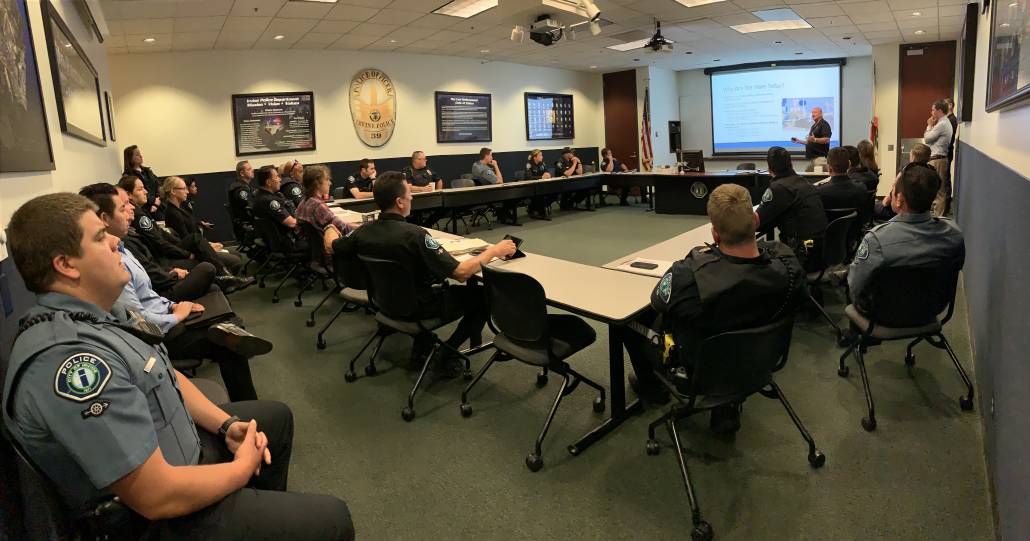
Joshua Tree
California is facing an acute housing crisis. We know that new housing next to transit can help meet the need for housing while reducing the need for driving, but it faces opposition from long term residents concerned about traffic and changing neighborhood character. Complicating the situation, without proper planning new development along transit will displace low income transit riders and bicyclists and actually increase car use. How do we balance all of these conflicting pressures in bicycle advocacy, and what should we do?
Enjoy light appetizers, beer and wine in the courtyard while meeting with Summit attendees and presenters.
Join us for popcorn and the movie MOTHERLOAD and stay for a Q&A with filmmaker, Liz Canning!
Los Angeles Historic Park, 1245 N Spring Street
MOTHERLOAD is a crowdsourced documentary about a new mother’s quest to understand the increasing isolation and disconnection of the digital age, its planetary impact, and how cargo bikes could be an antidote.
Filmmaker Liz Canning cycled everywhere until she had twins in 2008. Hauling babies via car was not only unsustainable but took the freedom and adventure out of life, and Liz felt trapped. She Googled “family bike” and uncovered a global movement of people replacing cars with cargo bikes: long-frame bicycles designed for carrying passengers and heavy loads. Liz set out to learn more, and MOTHERLOAD was born.
Join us in the park for a screening of this award-winning documentary and a chance to meet the filmmaker in person.
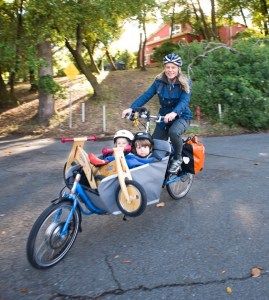
Buffet breakfast is served from 7:30 a.m.-8:30 a.m.
Yosemite A and B
The promise of the new urban mobility is the ubiquitous availability of affordable, lightweight, and low-impact transportation devices for short trips. Shared bikes, e-bikes, scooters, and whatever-is-next present an unprecedented opportunity to transform urban transportation by replacing cars for most short trips.
But this opportunity has existed with bikes for a century already; is this time really different? The profit motive of automobile companies propelled the dominance of cars in our cities a century ago; will the profit motive of the micromobility companies propel the success of micromobility this time around? Does it matter that Lyft and Uber own the country's largest bike share operators? Can public institutions leverage this moment to ensure access and inclusion for everyone, instead of enhanced mobility for the advantaged and reduced service for the rest of us?
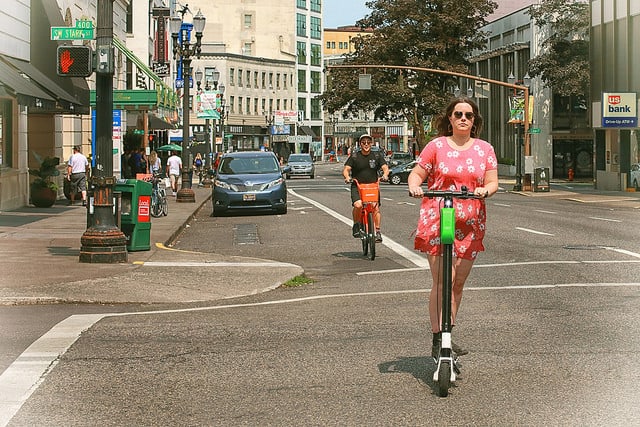 Lime scooter; photo by Ian Sane, Flickr
Lime scooter; photo by Ian Sane, Flickr
Mojave
The conventions for engaging our audience have evolved drastically over the last decade with the rise of active transportation planning and social media. How can we communicate beyond the “bicyclist community” to win support for politically challenging projects? The goal of this panel is to create a dialogue about the successes and failures of different communication strategies. We'll examine the strategy that won the Mar Vista Great Streets Project and how communications have been handled in other communities.
Catalina
In less than two years, scooters have accounted for more than 40 million trips in U.S. cities. Good news, or bad? The scooter boom, funded by billions of dollars of private capital, is both a threat to walking, biking, and equitable transportation in cities, and a potential boost to low-cost, car-free urban transportation that will strengthen the demand for safe streets in all our neighborhoods. What can we do as city leaders and advocates to leverage the potential of scooters for good? With San Jose’s deliberative and research-based approach as an example, this workshop will discuss the shared micromobility regulatory environment that protects people walking, avoids curbside clutter, sets firm requirements for data-sharing, and enables systems that improve mobility and quality of life.
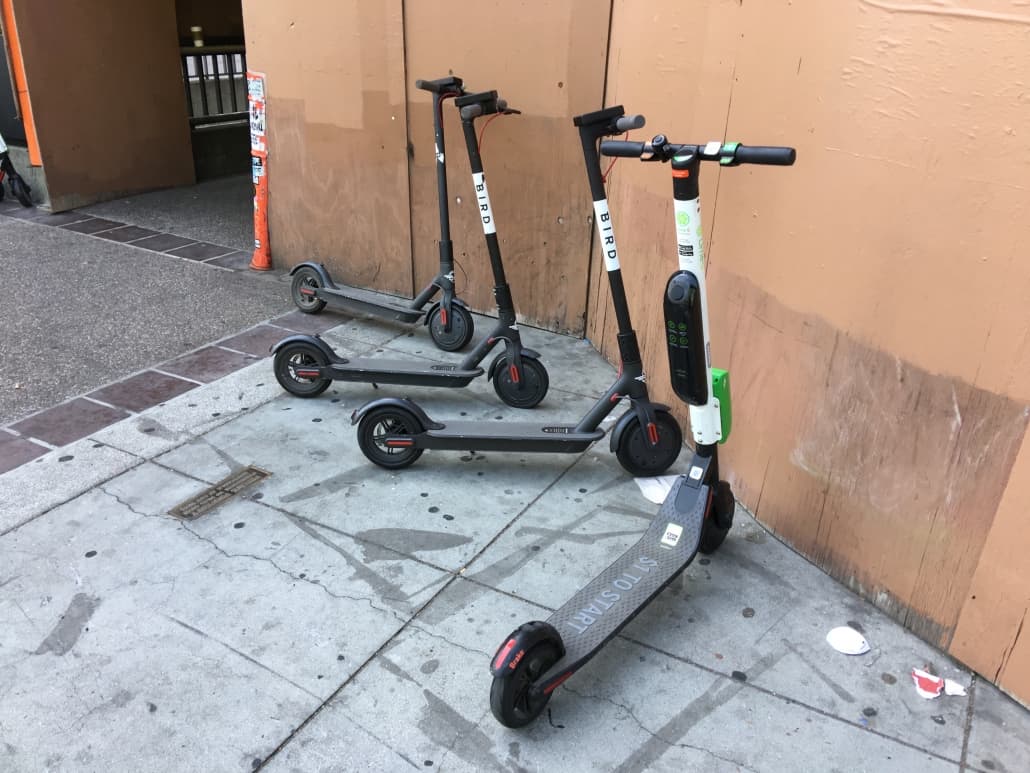
Joshua Tree
Unprecedented levels of investment in a comprehensive cycling network has increased cycling into the city center by more than 60% since 2013, and resulted in some beautiful new bridges and bikeways. This presentation will provide details on the Lightpath and Nelson Street bikeway, Grafton Gully bikeway, Beach Road bikeway, Quay Street bikeway, Ian McKinnon bikeway and the planned Skypath bikeway across Auckland’s Harbor Bridge.
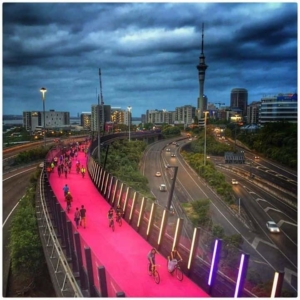
Yosemite A
Since 2015, an entrepreneur, a photographer, two journalists and a high school student have teamed up to create Colombia's BiciActiva Radio. They broadcast live radio and podcasts on the topics of urban cycling, safety, infrastructure, and other mobility, and the intersections of all those diverse stakeholders. Frank Aguirre and his partners at the Urban Cycling Collective BCSicletos work to reclaim the streets in La Paz, Baja California Sur, México. The moderator will be Chris Morfas, formerly Executive Director of CalBike, currently a volunteer for Councilmember Mafe Rojas and the mayoral campaign of Claudia López.
Joshua Tree
Bicycle tourism is a big business. When business leaders understand that, they develop a new incentive to make bicycling a safe and easy thing to do in their community. Plus, bike tourists with credit cards can be a huge economic boost to depressed rural communities. Hear from the experts in bike tourism about what you can do to take advantage of the bike tourist economy.
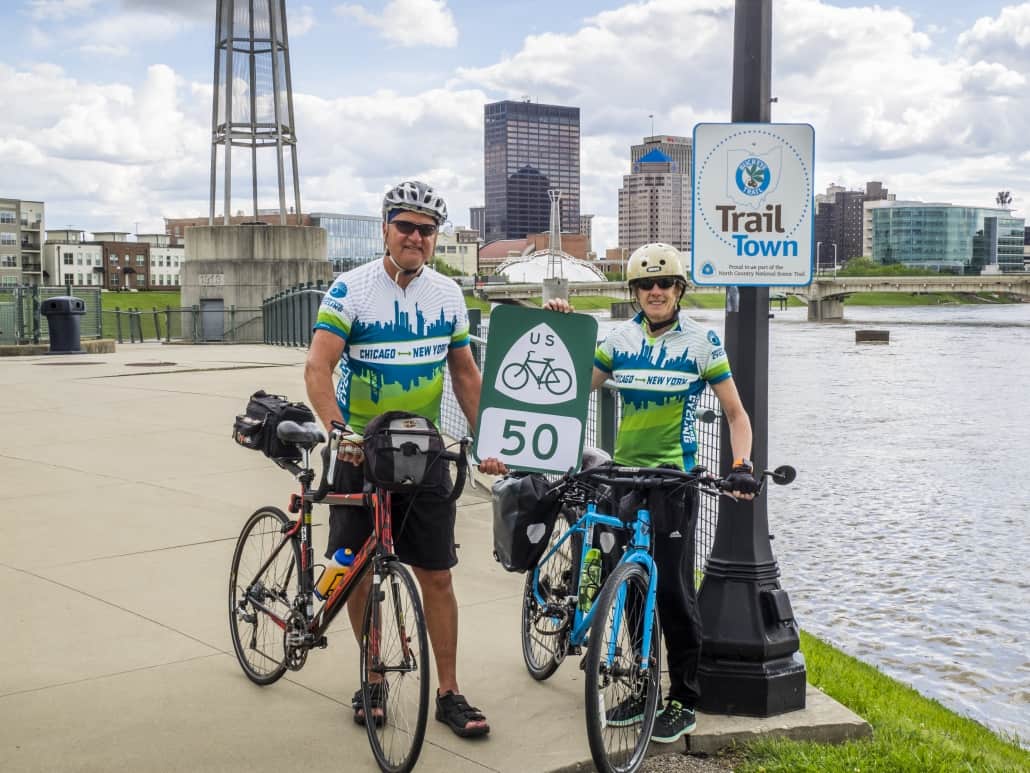
Catalina
In 2014, LA Metro passed an award-winning First/Last Mile Strategic Plan. Since then, Metro has implemented the plan on its Blue Line.
This workshop will discuss how to plan and implement improved access for transit stations in the context of new and emerging first/last mile mobility options. Learn how transit agencies, bike share companies, local governments, and advocacy groups work together to provide quality walk and bike infrastructure to connect with transit. Hear how first/last mile goes beyond infrastructure to provide new mobility options like bikeshare and scooters to connect communities to transit and to each other.
Mojave
For over 30 years, Normal Street in San Diego was supposed to be a community space by official designation. But only since 2012, when SANDAG began moving forward with its Bike Early Action Program, has there been serious planning. Now, with unprecedented collaboration among SANDAG, the City of San Diego, and local organizations, a community-driven plan to transform this space is in place.
In El Monte, ActiveSGV staff worked with community members, the Council for Watershed Health, Climate Resolve, and other nonprofits, to secure funding from the State Coastal Conservancy to transform Merced Avenue in the San Gabriel Valley into a 1.1-mile greenway. Currently at 60% design, the plan calls for a protected, sidewalk grade level multiple use trail that will capture stormwater, improve safety, and make it easier for people to be healthy. It's a model of coupling transportation and water funding to achieve a more climate-resilient community.
Yosemite A and B
Bicycling in South Central has always been about more than bicycling. For members of clubs like the South L.A. Real Rydaz, the bike has long been a vehicle for making change, whether it was giving themselves a new direction, building a sense of community, or giving back to the community. In taking to the streets and consistently reclaiming their space - and doing it in style - they've inspired others to follow their lead. And although the club scene has exploded over the last five years, these groups have tended to remain off the radar of most bicycle advocates. Hear about the origins of this unique bike culture, how important they are to the community, how community service fits into their mission, and why they can't be ignored.
Meet in the courtyard
Everyone knows the LA River. You may remember the large, trapezoid-shaped concrete river bed, topped with rows of high voltage power lines from such films as Grease and Terminator II. Mostly channelized in the 1930s, the once meandering LA River is experiencing a rebirth. Agencies up and down the river are working to bring nature and people back to the river. One project, funded by Measure M and breaking ground in 2023, will enable recreational and transportation use of the river by closing an 8-mile gap to create a 32-mile-long continuous bike path, completely separated from automobile traffic. The project will not just knit together the path – it will connect all of the communities in between. Elysian Valley, Union Station (Los Angeles’ regional transit hub), Boyle Heights, Vernon and Maywood will be connected by the completed path. Join us on a ride of the existing LA River Path to discuss the opportunities and challenges of closing the gap.
This tour is limited to the first 40 riders who register via Eventbrite.
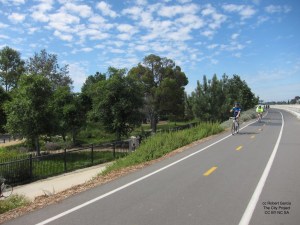
Meet in the courtyard
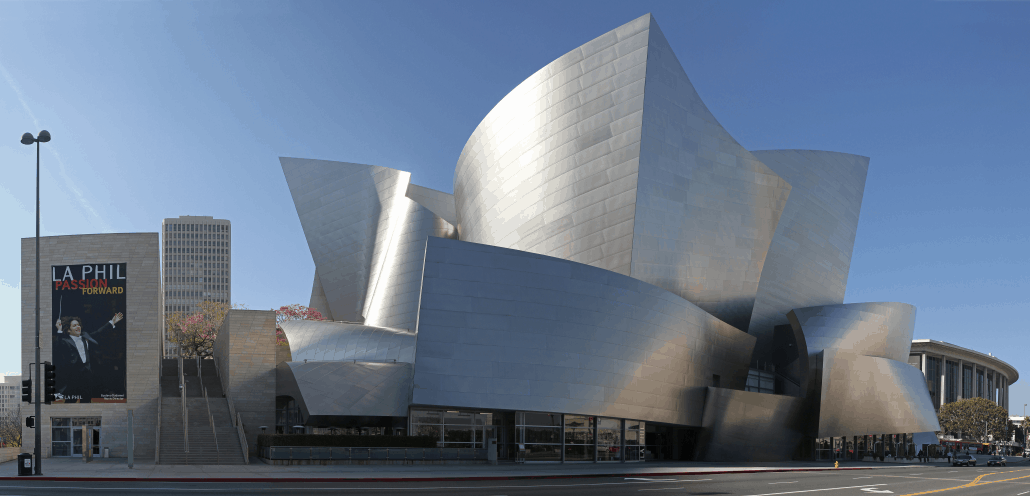
Catalina
The Green New Deal aims to save our planet from climate catastrophe while elevating our quality of life, especially the most vulnerable among us. But in the proposed federal GND, bicycling does not warrant even a mention. What role can the bicycle play in averting climate disaster?
Mojave
Women account for approximately one-fifth of everyday bicycle users in most of California. They are under-represented among people who bike for transportation, recreation, and sport. What can we do to make bicycling more accessible to women? This workshop will present some answers by the women who are in fact doing that!
Joshua Tree
Electric bicycles have changed the way we get around. They flatten hills, shorten distances, and make hard trips easy. E-bikes make bicycling a viable option for people with children or other heavy loads, elderly folks, and those with certain disabilities. CalBike's campaigns to promote and support e-bikes have found success: e-bike share is now part of the Clean Mobility Options for Disadvantaged Communities program, and low-income residents are eligible to receive vouchers for e-bikes when they turn in their polluting cars. But straightforward purchase incentives, like the state gives for electric cars, are still not available. This workshop will review the latest in e-bike technology and the latest research that shows the benefits of e-bikes in reducing greenhouse gases and why state funds should support e-bikes even more than they support electric cars.
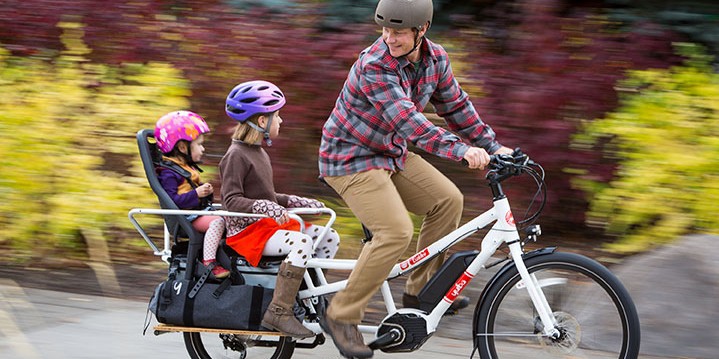
Yosemite A
Nearly half of carbon emissions in California come from transportation, largely from on-road travel. While a transition to electric autos is helpful for the long term, even EV optimists project that by 2040 the great majority of vehicles on the road will still be burning gasoline. To avert the worst impacts of the climate crisis, we need big, bold action and a lot more funding now to build a clean transportation system of bike and transit networks that will be up and running in 10 years. Join us to brainstorm on state and local fundraising and organizing strategy to get from here to there. This will be a participatory session.
Yosemite B
By replacing competition, politics, greed, and maps, with collaboration, art-making, and empathy, transportation community engagement becomes inclusive, equitable, and meaningful. Place It! creates a safe space for visual and spatial thinkers, youth, women, non-native English speakers, and other underrepresented communities to express their mobility needs in new ways. By using storytelling, objects, and sensory experiences this method quickly builds consensus to find common values, and mobility solutions, using the participants' memories, needs, and aspirations. This hands-on session will teach participants this method and how to apply it to various transportation projects.
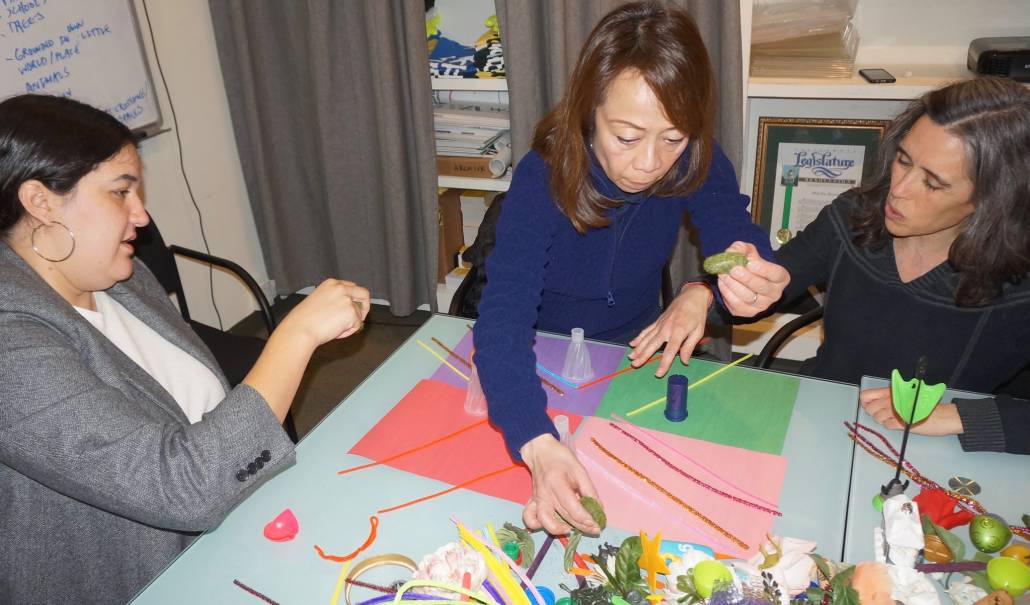
Catalina
While the climate action goals of L.A’s Green New Deal and safety priorities of Vision Zero have foregrounded Los Angeles’s policy agenda of safe and sustainable transportation options, a vehicle-oriented status quo still seems to dominate many conversations. In the face of vast geography and to better serve diverse constituencies, the Los Angeles Department of Transportation needs more than a single, bike-centric approach to project development and network implementation. Hear from LADOT Staff across programs on the strategies bringing integrated bicycle and pedestrian infrastructure to life across Los Angeles. From neighborhood greenways to Safe Routes to Schools, what are our greatest opportunities and most effective tools, and where do they intersect? What does it take to build consensus for projects, and what’s getting in the ground?
Join CalBike and co-host LACBC as we close out the Summit in a fun get-together that will include a DJ, dancing, beer and wine! The party will be held in the Edison Room of the LACBC offices, 634 South Spring Street, Los Angeles, from 7 - 10 pm. Bring your California Bicycle Summit name tag for entry.
Meet at the courtyard
A public transit/cycling adventure from Union Station into the City of El Monte to tour and visit the San Gabriel Valley Bicycle Education Center. We will start at Union Station, jump on the gold line east toward Azusa, exit at Arcadia Station, and ride approximately 5 miles to the SGV Bicycle Education Center in El Monte. Participants will be able to check out the Jeff Seymour Family Center where multiple nonprofits are hosted, including ActiveSGV. Through funding from CalFire and in partnership with Amigos de Los Rios, ActiveSGV has created a bike skills park and pump track on campus! The campus is able to host bike safety classes, repair workshops, an Earn a Bike program, and Learn to Bike classes for all ages.
This tour is limited to the first 20 riders who register via Eventbrite.
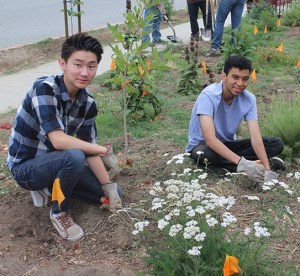
Meet at 9:00 in the courtyard
The Arts District of Los Angeles is like an open air gallery, full of murals and street art. This special Bicycle Summit version of Handlebar Bike Tours' most popular tour will focus on the urban era history of the district from its beginnings as a transit hub to its current day struggles with gentrification. You'll learn about the more significant artists who are there today, and what organizations and developers are doing to preserve affordability for artists. You'll tour the most famous street art and graffiti of the district as well as hard-to-find gems in back alleys best reached by bicycle, a fine art gallery, and an artists' co-op.
This tour is limited to the first 15 riders who register via Eventbrite.
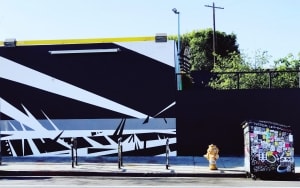
Meet at 8:00 at the courtyard to get a bike; or, 8:15 with a bike inside Union Station for 8:29 train departure
The City of Santa Clarita is located 40 miles north of downtown Los Angeles in a valley formed by three mountain ranges: the San Gabriel to the south, the Santa Susana to the west and the Sierra Palona to the north. With a population of 216,000, it is the third largest city in Los Angeles County.
Santa Clarita maintains a network of 40 miles of Class I bike paths across its 64 square miles. In addition to the steep topography surrounding the city, its form is influenced by arterial roads curving between neighborhoods, and the Santa Clara River. Much of the city’s trail system runs along the river and its tributaries, with under-crossings of roadways to create a unique, uninterrupted trail experience.
City staff will lead the tour and answer questions regarding how the network came about during the city’s 32 years of existence. They will provide a glimpse of how active transportation can be included in the connected city of the future.
We'll take the train from Union Station to the Santa Clarita Station. Don't be late. You'll need time to buy tickets and walk to the platform in time for train's departure at 8:29 sharp!
This tour is limited to the first 20 riders who register via Eventbrite.
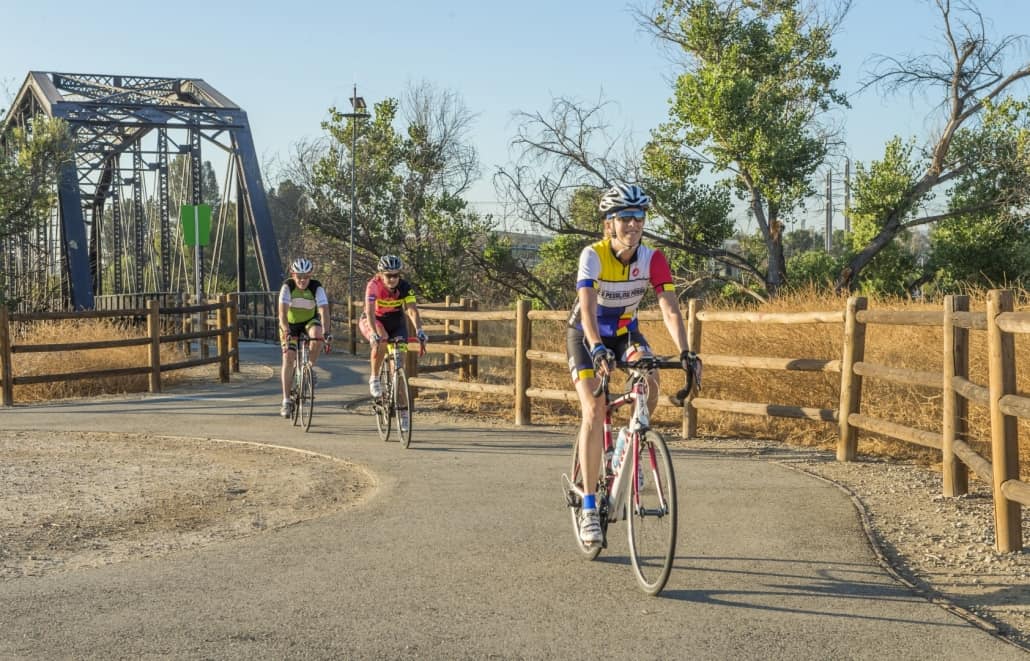
Meet in the courtyard
Group rides are a great opportunity to bond and what a better way to put a stamp on this year's conference than exploring LA by bike? From Downtown to Griffith Park, riders can take in iconic views and sites such as Dodger Stadium, Silver Lake, Griffith Observatory and the Hollywood Sign. The ride will cover roughly 20 miles and features climbing. Best for intermediate riders and above.
This tour is limited to the first 20 riders who register via Eventbrite.
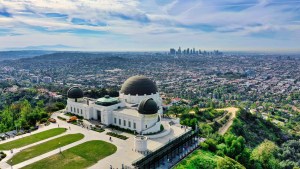
Big Sur
Vouchers for e-bikes. Accountability to climate goals at the California Transportation Commission. Automated speed enforcement. Changing the rules that prohibit lowering speed limits. Clarifying a bike rider's right to use a full lane. Requiring only a yield at “stop” signs. These are some of the ideas that CalBike could work on in 2020. This session will give you an inside look into how CalBike sets its priorities on an annual basis, and a chance to influence them.
Tahoe
For the past two decades, the Los Angeles County Bicycle Coalition, established in 1998, has been working to make Los Angeles County a safe, healthy, and equitable place to ride a bike through advocacy, education, and outreach. LACBC has shared leadership in supporting the formation of numerous active transportation organizations, active street events like CicLAvia, the 2010 Bike Master Plan, the launch of Vizion Zero in 2015 and the passage of Measure M 2017. In this session, LACBC will start the conversation by sharing the results of Which way LACBC? a Community Input Forum recently hosted to learn and affirm what the community wants for the future of a multimodal Los Angeles.
Big Sur
In this session we’ll dig deeper into specific campaign possibilities, based on the results of the conversation in the prior session.
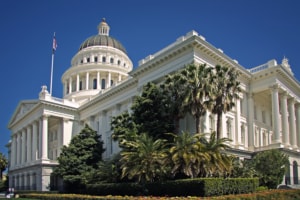
Tahoe
Through DIY or rasquache interventions based on memory, need, and aspirations, many Latinos transform streets into spaces for pedestrians and community interaction. To imagine and create interventions that support social cohesion and creativity, they use resources at hand plus the visual and spatial landscape around them. The session will highlight how we read, understood, and listened to the stories behind these interventions to develop South Colton’s Livable Corridor Plan: Strategies for Community Resilience and Upliftment.
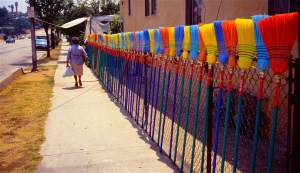
Join with your fellow attendees for lunch in the courtyard to reflect on lessons learned at the Summit and plans for the future.

© California Bicycle Coalition 2025

1017 L Street #288
Sacramento, CA 95814
© California Bicycle Coalition 2025
